國際即時新聞(原文:英文)
Multichannel Sampling Keys Accurate Power Line Monitoring
Accurate power-line monitoring has emerged as a critical requirement not only centrally within the power grid itself but also at its edges. For grid-tied energy-harvesting power-generation systems and even for end equipment, ongoing analysis of power quality characteristics helps ensure the health of the grid and attached systems. At the heart of power-monitoring systems, analog-digital converters (ADCs) play a key role in measuring line voltage and current at a level of accuracy appropriate to each application. Engineers can meet a range of requirements—from utility-grade systems with accuracy needed for revenue purposes to basic power monitors for detecting line faults—using high-performance ADCs and associated components from manufacturers including Analog Devices, Copal Electronics, Intersil, Linear Technology, Maxim Integrated, Microchip Technology, ON Semiconductor, Pulse Electronics, and Texas Instruments.
At the most basic level, power-monitoring systems rely on measurement of instantaneous current and voltage using current transformers (CTs) and voltage transformers (termed PT, for potential transformers) output converted by high-speed ADCs (Figure 1). In turn, a processor uses the instantaneous current and voltage measurements to calculate key characteristics including active power, reactive power, apparent power, and power factor—and even more complex calculations such as harmonics, which can result in equipment damage.
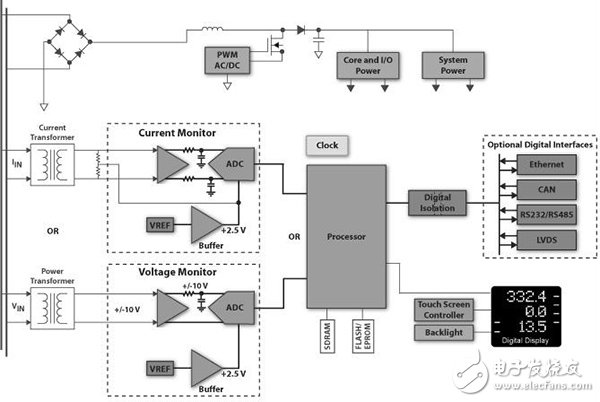
Figure 1: A typical power-monitoring system samples line current and voltage, using high-speed analog-digital converters (ADCs) to provide high-resolution data to the host processor for calculation of power parameters. (Courtesy of Texas Instruments)
Performing these power calculations depends foremost on accurately measured voltage and current. Standards such as ANSI C12.20 for North America and IEC 62053 dictate specific accuracy levels such as Class 0.2, which requires?± 0.2 percent accuracy. In practice, power-measurement systems are typically designed to surpass standard accuracy specifications—relying on high-sample rates and high-resolution converters to capture high-speed transients and to ensure reliable calculation of more complex characteristics such as multiple harmonics.
At the same time, measurement of these power characteristics requires tightly synchronized, high-resolution measurement of voltage and current across all three phases and neutral. Synchronized sampling allows extremely accurate measurement of phase angle between voltage and current on each line. Poor synchronization between voltage and current measurements can introduce artifacts, reduce overall accuracy, and significantly compromise more complex power calculations.
Simultaneous sampling
To reduce the complexity of high-accuracy multichannel measurement, designers can turn to highly integrated devices that combine high-resolution ADCs with analog front ends (AFEs) designed to optimize impedance matching, signal dynamic range, offset, and other factors that can erode performance and accuracy of data conversion. Manufacturers typically build these high-performance simultaneous sampling ADCs around successive-approximation register (SAR) converters. SAR ADCs offer high accuracy without the cycle latency associated with the oversampling used in delta-sigma ADCs to achieve high stability and conversion resolution.
For the most demanding applications, semiconductor manufacturers integrate a complex AFE and dedicated SAR ADC for each channel. For highly accurate power monitoring, eight-channel ADCs such as the Maxim Integrated MAX11046 and Texas Instruments ADS8568 allow simultaneous sampling of all three phases and neutral (Figure 2). With a dedicated AFE and ADC for each channel, these devices are able to achieve very high data rates—250 ksps per channel for the MAX11046 and 510 ksps for the ADS8568 (parallel-output interface).
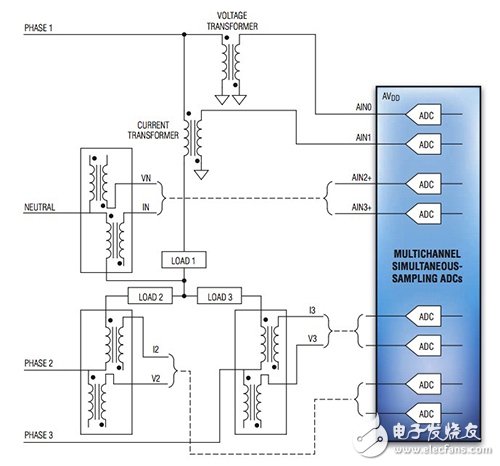
Figure 2: For three-phase power monitoring, simultaneous sampling ADCs provide separate AFEs and ADCs for each of the eight channels required for highly accurate power calculations. (Courtesy of Maxim Integrated)
For some applications, designers can simply tie the unbuffered output of CTs and PTs directly into the inputs of ADCs including the Maxim Integrated MAX11046 and TI ADS8568 as suggested in Figure 2. Devices such as the MAX11046 provide high-input input impedance and self-protecting input clamps to support this type of simple configuration. To achieve maximum throughput, however, ADCs typically require op amp drivers between the transducers and ADC. In fact, evaluation boards from both Maxim Integrated and Texas Instruments include such drivers. On its MAXREFDES30 evaluation board for the MAX11046, Maxim Integrated includes its MAX44252 op amp drivers.? On the TI ADS8688EVM-PDK evaluation board for the ADS8568, Texas Instruments includes its OPA2209 op amp drivers.
Less-stringent requirements
For power monitoring applications with less stringent accuracy requirements, designers can turn to devices with more modest performance attributes. The simpler requirements in a power monitor that only needs to detect faults in the power line can take advantage of lower resolution ADCs. The Texas Instruments LMP92064 current/voltage monitor IC uses this approach to offer a single-line power-monitoring IC that requires few additional components (Figure 3). The device integrates a precision current sense amplifier to measure a load current across a shunt resistor and a buffered voltage channel to measure the voltage supply of the load. Nevertheless, the ability to sample current and voltage channels simultaneously by the independent 125-kSps, 12-bit ADCs supports accurate power calculations.
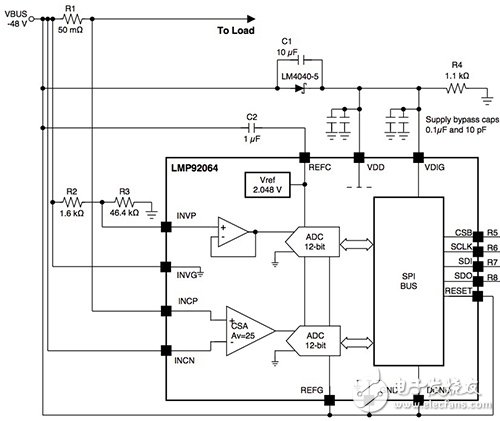
Figure 3: Power-monitor ICs such as the Texas Instruments LMP92064 use a pair of 12-bit ADCs to support power calculations for applications with less-demanding accuracy requirements. (Courtesy of Texas Instruments)
For even simpler monitoring requirements, designers can often use a single ADC with an external multiplexer to monitor voltage and current on each line. In fact, 8:1 multiplexers such as the Intersil DG408, Maxim Integrated MAX4581, and ON Semiconductor MC74HC4051A can support three-phase applications that require more basic power monitoring.
Designers can find ADCs with integrated multiplexers designed to support a broad range of channels, data throughput, and conversion resolution. For three-phase power monitoring, devices such as Analog Devices AD7699, Linear Technology LTC2372, and Texas Instruments ADS8688 integrate an eight-channel multiplexer with ADC and dedicated analog front end for each channel. For example, each input channel of the TI ADS8688 includes over-voltage protection, a programmable gain amplifier (PGA), low-pass filter, and driver feeding the shared multiplexer to the single ADC.
Conclusion
Ensuring grid power quality requires highly accurate measurement of voltage and current on each phase. For grid-tied energy-harvesting systems and equipment, power monitoring similarly requires high-resolution, simultaneous sampling of line voltage and current using ADCs providing a dedicated converter for each channel. Although basic fault monitoring builds on the same principles as high-accuracy measurement applications, designers can use lower-resolution ADCs or multiplexed devices that offer high-resolution multichannel measurement at lower throughput rates. Designers can find ready availability of ADCs designed to meet this broad range of requirements for channel support, bit resolution, and sample rate.
自動翻譯僅供參考
多通道采樣精確的按鍵電力線監控
準確的電力線監控已在電網本身,而且在其邊緣成為一個關鍵的要求,不僅集中。對于并網能量收集發電系統,甚至為終端設備,持續的電能質量特性分析,有助于確保電網和連接系統的健康狀況。在功率監視系統的心臟,模擬 - 數字轉換器(ADC)起到測量線路電壓和電流的精度適合于每個應用程序的電平的關鍵作用。工程師可以從制造商包括Analog Devices公司,產科寶電子,Intersil公司,凌力爾特滿足各種需求 - 從公用事業級系統精度所需收入的目的基本電源監視器用于檢測線路故障,采用高性能ADC和相關組件, Maxim的集成,Microchip的科技,安森美半導體,電子脈沖和德州儀器。
在最基本的層面上,電力監控系統依賴于瞬時電流和電壓使用電流互感器(CT)和電壓互感器的測量(稱為PT,用于電壓互感器)的輸出轉換成由高速ADC(圖1)。反過來,一個處理器使用的瞬時電流和電壓測量值來計算密鑰的特性,包括有功功率,無功功率,視在功率和功率因數 - 甚至更復雜的計算,例如諧波,這會導致設備損壞。
德州儀器典型的電力監控系統的圖像
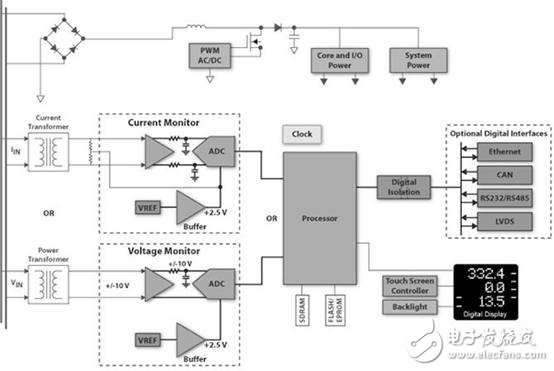
圖1:典型的電力監控系統的樣品線路電流和電壓,采用高速模擬 - 數字轉換器(ADC),提供高分辨率的數據,以用于電力參數計算的主處理器。 (德州儀器提供)
執行這些功率計算取決于最前面上精確地測量電壓和電流。如ANSI C12.20北美和IEC 62053標準規定的特定精度水平,如0.2級,這需要±0.2%的精度。在實踐中,功率測量系統通常被設計為超越標準精度規格-依靠高采樣率和高分辨率的轉換器,以捕捉高速瞬變,并確保更復雜的特性,例如多諧波可靠的計算。
與此同時,這些功率特性的測量需要緊密同步的,電壓和電流在所有三個階段和中性的高分辨率測量。同步采樣允許的電壓和電流,每行之間的相位角的非常精確的測量。電壓和電流測量之間缺乏同步可以引入假象,降低整體精度,顯著妥協更復雜的功率計算。
同時采樣
為了減少高精度多通道測量的復雜度,設計者可以轉向,結合高分辨率ADC與旨在優化阻抗匹配模擬前端(AFE),信號的動態范圍高度集成的器件,偏移,并且能夠侵蝕性能的其他因素和數據轉換的準確性。制造商通常圍繞逐次逼近寄存器(SAR)轉換器這些高性能同步采樣ADC。 SAR ADC提供高精確度不與Δ-Σ模數轉換器用于實現高穩定性和轉換分辨率的過采樣相關的周期延遲。
對于最苛刻的應用,半導體制造商集成了復雜的AFE和專用SAR ADC,每個通道。對于高度精確的功率監控,8通道ADC,例如Maxim的MAX11046集成和德州儀器ADS8568讓所有三個階段的同步采樣和中性(圖2)。為每個信道專用的AFE和ADC,這些設備都能夠實現非常高的數據速率-250每個通道ksps的用于MAX11046和510 ksps時為ADS8568(并行輸出接口)。
Maxim的集成的三相電源監控圖像
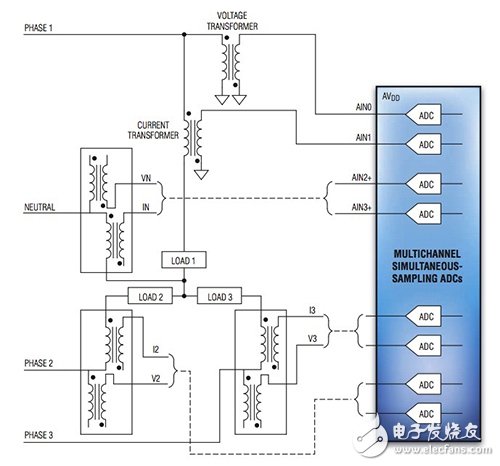
圖2:三相電源監控,同時采樣ADC提供了獨立的AFE和ADC每個八通道需要高度精確的功率計算。 (馬克西姆集成提供)
對于一些應用,設計人員可以簡單地扎CT和PT的緩沖輸出直接進入的ADC包括的Maxim集成MAX11046和TI ADS8568的輸入,如圖建議2.設備如MAX11046提供高輸入的輸入阻抗和自我保護輸入鉗位支持這種類型的簡單配置。為了實現最大的吞吐量,但是,ADC通常所需要的換能器和ADC之間的運算放大器的驅動程序。事實上,無論從馬克西姆集成和德州儀器評估板包括這樣的驅動程序。其MAXREFDES30評估板為MAX11046,美信集成包括其MAX44252運算放大器的驅動程序。在TI ADS8688EVM-PDK評估板為ADS8568,德州儀器包括其OPA2209運放的驅動程序。
不太嚴格的要求
對于電力監控應用不太嚴格精度要求,設計人員可以轉向更溫和的性能屬性的設備。較簡單的要求功率監視器僅需要檢測故障在電力線可利用較低分辨率的ADC的優勢。德州儀器LMP92064電流/電壓監視IC使用這種方法來提供一個單線功率監視IC,它需要很少的額外的組件(圖3)。該器件集成精密電流檢測放大器來測量分流電阻和一個緩沖電壓信道來測量電壓電源的負載的負載電流。盡管如此,由獨立125-ksps的同時采樣電流和電壓通道的能力,12位ADC支持精確的功率計算。
德州儀器LMP92064的圖
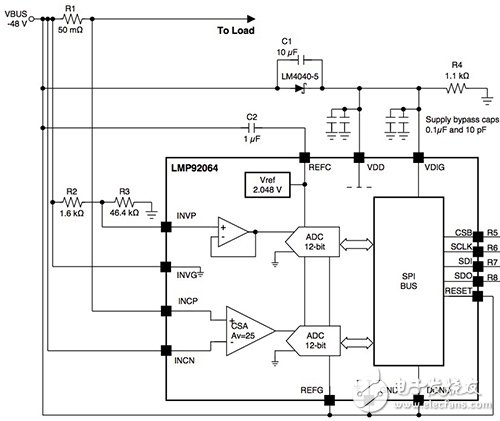
圖3:功率監控器IC,例如德州儀器LMP92064使用一對12位ADC,支持功率計算與不太苛刻的精度要求的應用。 (德州儀器提供)
對于更簡單的監控要求,設計人員可以經常使用單一的ADC,具有一個外部多路轉換器來監視電壓和電流的每一行上。事實上,8:1多路復用器,如Intersil的DG408器,Maxim Integrated MAX4581和安森美半導體MC74HC4051A可以支持需要更基本的電力監控三相應用。
設計師可以找到的ADC設計,支持廣泛的渠道整合多路復用器,數據吞吐量,并轉換分辨率。對于三相電源監控,如ADI公司AD7699,凌特LTC2372和德州儀器ADS8688器件集成了八通道多路復用器與ADC和專用的模擬前端為每個通道。例如,TI的ADS8688的每個輸入通道包括過電壓保護,可編程增益放大器(PGA),低通濾波器,并驅動進給共享多路復用到單個ADC。
結論
確保電網的電能質量要求的電壓高精度測量和電流每相。對于網并列能量采集系統和設備,電力監控同樣需要高分辨率,線電壓的同時采樣和當前使用的ADC提供專用轉換器,用于每個信道。盡管基本的故障監控建立在相同的原理,高精度測量應用,設計人員可使用較低分辨率的ADC或提供高分辨率多通道測量以較低的吞吐速率復用的設備。設計師可以找到專為滿足這些廣泛的渠道支持,位分辨率和采樣率的ADC要求現成的可用性。
 電子發燒友App
電子發燒友App










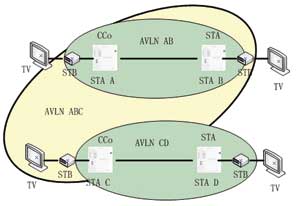

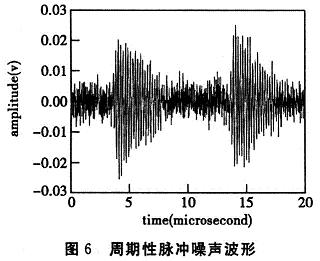

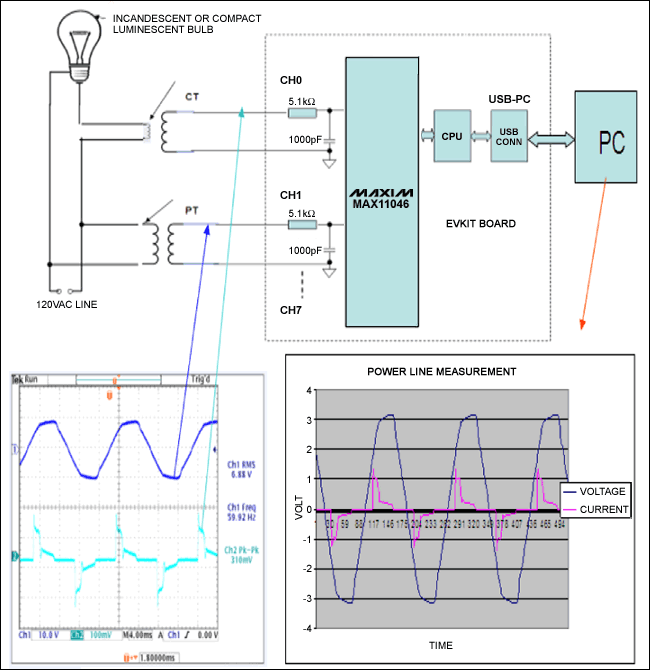














評論